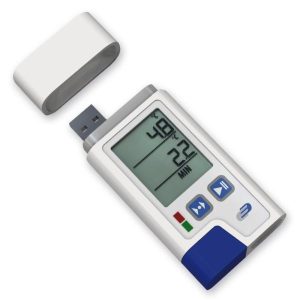The Controller Area Network (CAN) bus is a popular communication protocol used in the aerospace industry. It is used to connect different systems and components in aircraft and spacecraft, enabling reliable and efficient communication in mission-critical applications. In this blog, we’ll explore the use of CAN bus in the aerospace industry, its benefits, and the unique challenges of using CAN bus in these environments.
Benefits of CAN Bus in Aerospace
CAN bus offers several benefits in aerospace applications, including:
- Reliable communication: CAN bus provides reliable and secure communication between different systems and components in aircraft and spacecraft. It enables real-time data exchange and feedback, ensuring efficient operation and enhanced safety.
- High bandwidth: CAN bus has a high bandwidth that allows for fast and efficient data transmission. This is essential in aerospace applications, where real-time data exchange is critical.
- Scalability: CAN bus is highly scalable and can accommodate a large number of nodes, making it suitable for large and complex aerospace systems.
- Reduced wiring: CAN bus reduces the amount of wiring required in aerospace systems, saving weight and reducing installation costs.
Unique Challenges of CAN Bus in Aerospace
Despite its benefits, using CAN bus in aerospace applications poses unique challenges, including:
- Harsh environments: Aerospace systems are exposed to harsh environments, including extreme temperatures, pressure, and vibration. CAN bus systems must be designed to withstand these conditions.
- High reliability: In aerospace applications, reliability is paramount. CAN bus systems must be designed and tested to ensure their reliability in mission-critical applications.
- Safety and security: Aerospace systems must comply with strict safety and security standards. CAN bus systems must be designed to ensure the safety and security of the aircraft or spacecraft.
- Integration with legacy systems: Aerospace systems often use legacy systems that may not be compatible with CAN bus. Integration with these systems can be a challenge.
Conclusion
CAN bus is a reliable and efficient communication protocol used in the aerospace industry. It offers several benefits, including reliable communication, high bandwidth, scalability, and reduced wiring. However, using CAN bus in aerospace applications poses unique challenges, including harsh environments, high reliability, safety and security, and integration with legacy systems. As the aerospace industry continues to evolve, the use of CAN bus will become even more prevalent, enabling more efficient and reliable communication in mission-critical applications.










